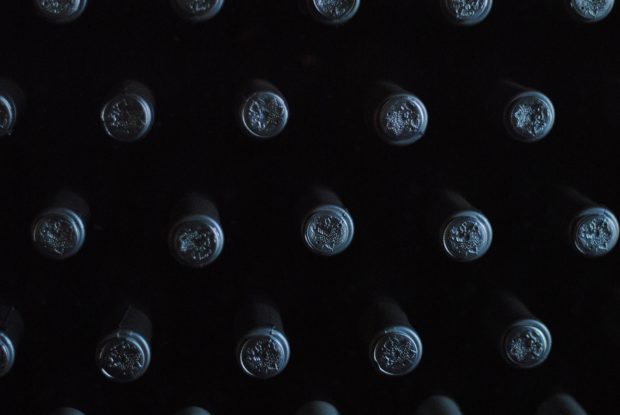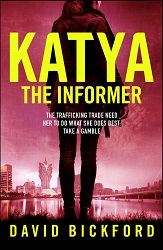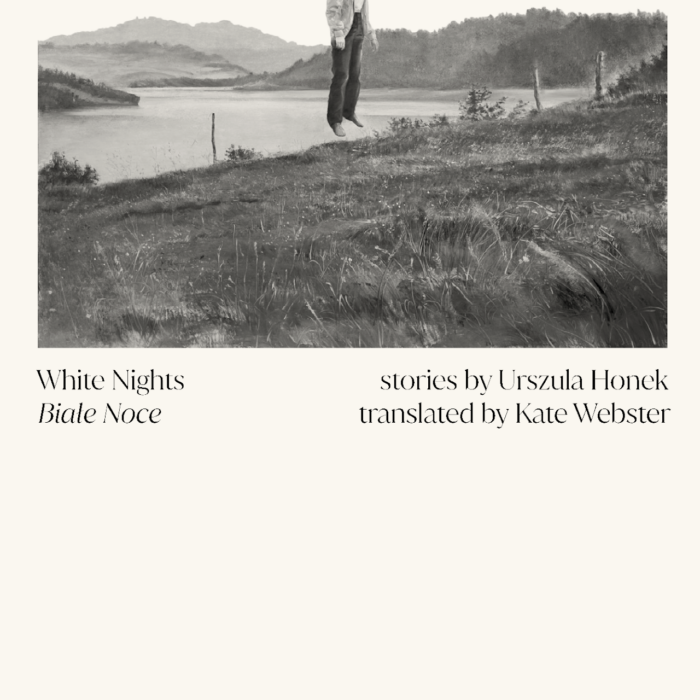You have no items in your cart. Want to get some nice things?
Go shopping
At a birthday party on a hot, stormy day in an unnamed fictional town in 1970s Japan, 17 people are murdered. The wealthy Aosawa family, well-renowned doctors, are celebrating a double birthday. People from the neighbourhood are in and out, bringing gifts and wishes, and local children are flitting back and forth, invited to come in and play, and enjoy the celebrations. In the middle of this happy, joyous scene, a delivery of drinks arrives.What happens next is a scene of almost unimaginable horror, as those who drink the poisoned liquid – adults and children alike – are left writhing in agony, vomiting and tearing at their throats before dying a truly awful death. There are only two survivors: the family maid, who took a small sip, sustaining serious injury but does eventually pull through; and Hisako, the blind daughter of the Aosawa family, who has not eaten or drunk anything at all during the party.
11 years after the poisoning Mikiko Saiga, a neighbour who was a young girl at the time, conducted a series of interviews about the murders which she later turned into a book. Now, another 20 years on, an unnamed interviewer is writing another book. As such, Onda’s novel isn’t a straightforward, linear narrative but is instead told through a series of viewpoints of those close to the events, excerpts from Mikiko’s book and snippets of the new interviews. It’s a Russian doll of a novel, and one of the joys of reading it is uncovering layer after layer, making connections between the different accounts.
One of the central themes running through Onda’s work is the often slippery nature of truth. Although Mikiko’s book is based on events she witnessed and testimonies from people involved, she changes certain details in her work and describes her book as fictional. She says: “No matter how much a writer tries to adhere to the truth, the notion of non-fiction is an illusion. All that can exist is fiction visible to the eye. And what is visible can also lie. The same applies to that which we hear and touch.” In contrast, the new work is described as: “A non-fiction work about a work of non-fiction.” Perception is everything in this novel. We are never sure how trustworthy some recollections are, how they have been skewed by the subject’s own agenda. Mikiko herself is a living embodiment of the fluctuating nature of truth, a girl desperate to know what it’s like to be someone else – watching, observing, copying, able to take on any persona in order to connect with another person.
The sleepy coastal town is traumatised by the case, and everyone has a theory about who did it and why. On the face of it the Aosawas had no enemies, and police investigations into the family to see if they could uncover some hidden animosity turned up nothing. The delivery note on the drinks says that they were sent by an old family friend, but this is soon disproved and further investigations into family relationships, work colleagues, patients and so on also yield nothing. Even when a young man believed to be the delivery driver who brought the poisoned drinks commits suicide and leaves an incriminating note, they cannot find a link between him and the Aosawa family (or him and the doctor whose name is on the delivery slip). Detective Teru says, “They were so clean it was almost unnatural. No matter how deep we dug, we couldn’t find any dirt.”
In a chapter called ‘Invisible People’, Maikiko’s eldest brother Sei-ichi offers his own theory as to why this happened to the Aosawa family: the crime was inevitable because the family were so visible within the community. For Sei-ichi, to survive you must be invisible, and if you want to rise up in the world you must follow the right path but not make yourself too seen. As the number of invisible people grows, and with it the disparity between rich and poor, so too does resentment and jealousy towards those who seek to make themselves visible and thus willingly set themselves apart – and incurs a risk. Sei-ichi says: “The person who carried out that crime was a virtually anonymous social dropout. He was nothing if not invisible. And a total stranger to the Aosawas as well, someone whose existence they weren’t even aware of. Don’t you think it’s an odd coincidence that the family was brought to grief by a person like that? Does that not seem like the revenge of the invisible to you?”
Further doubt is cast on the young man’s confession as the revelations keep coming and a strange phone call to the Aosawa residence is revealed. Mikiko and Detective Teru remain unconvinced about the young man’s guilt, certain that Hiskao Aosawa herself had something to do with it. Mikiko was childhood friends with the enigmatic Hisako, almost idolising her, and we find out that Hisako asked her to promise that she wouldn’t go to the Aosawa house on the day of the party. Makiko eventually reveals that her book was written as a message for Hisako, certain clues were laid in the text just for her,; she didn’t care who read it as long as Hisako did.
The Aosawa Murders is a joy to read. It is cleverly paced and constructed so that each new chapter brings more fragments and clues for us to stitch together, to form our own theories about what happened. Difficult to categorise, on one level it can be classed as a thriller or crime novel, while also delving deeply into the nature of truth, memory and perception. Having read it through once it’s very tempting to go back and re-read certain sections to see what you missed the first time. The Aosawa Murders is an absorbing, immersive book that is beautifully written (and beautifully translated by Alison Watts) and one that I suspect most readers will want to read more than once.
The Aosawa Murders is written by Riku Onda and translated by Alison Watts. It was published in 2020 by Bitter Lemon Press.

About Jane Wright
Jane Wright is a web editor, writer and photographer. Her short fiction has been published by Litro, Sirens Call Publications, Crooked Cat, Mother's Milk Books and Popshot Magazine. She lives and works in Manchester.




